Objectives of the service

Operators of critical infrastructure face the challenge of protecting remote and sensitive sites against intrusion, theft, and disruption. Traditional solutions such as fixed cameras or on-site patrols are expensive, inflexible, and often unable to cover difficult environments.
The AIS service was designed to address these problems by providing autonomous aerial surveillance through a tethered drone system. The tether ensures operational safety and regulatory acceptance, while enabling continuous power and data connectivity. By integrating satellite-based correction signals, the system can navigate with high accuracy even in regions where local ground stations are not available.
The service connects directly into the customer’s existing security workflows, delivering live video and alerts through their standard monitoring platforms. The modular design allows the drone to carry different camera types, such as thermal or optical sensors, depending on the application.
Through this approach, AIS provides customers with a solution that is safer, more cost-effective, and more adaptable than existing alternatives, enabling infrastructure operators and public agencies to secure their assets without the limitations of static surveillance or costly manual patrols.
Users and their needs
The AIS project engaged with infrastructure operators and public agencies in Denmark and Greenland. The stakeholders are responsible for the security and continuity of critical assets such as telecom towers, logistics hubs, and airport perimeters.
User needs identified:
-
Reliable site surveillance in remote or sensitive locations, including areas without RTK infrastructure.
-
Accurate positioning to enable safe, autonomous drone operations under tethered conditions.
-
Regulatory compliance and safety assurance, particularly through visible safety systems such as an intelligent tether reel-in mechanism.
-
Operational simplicity so that systems can be installed and monitored without specialist training.
-
Seamless integration with existing Video Management Systems (VMS), reducing operational disruption.
-
Flexible payloads to cover both optical and thermal imaging requirements.
Project challenge:
The Kickstart had to validate that Galileo HAS corrections could provide sufficient accuracy for autonomous navigation in the absence of local RTK stations, while ensuring that safety-critical tether features and VMS compatibility met user expectations.
This engagement confirmed strong customer demand and clearly defined requirements for the next phase of service development.
Service/ system concept
AIS provides continuous aerial surveillance of critical infrastructure through a tethered autonomous drone. The system supplies live video feeds, both optical and thermal, directly into the customer’s existing monitoring platforms. Users gain the ability to observe large sites in real time, detect incidents quickly, and document activities without deploying personnel on the ground.
The system works by combining three key elements:
-
A tethered drone platform, which ensures safe operations, uninterrupted power, and reliable data transfer.
-
Satellite-based correction signals allow the drone to position itself with high accuracy even in remote areas without local infrastructure.
-
A secure data interface, which streams video directly into the customer’s Video Management System, ensuring compatibility with existing workflows.
In practice, the drone is deployed at a site, connected to its tether, and activated with minimal setup. Once airborne, it can stay in position for extended periods while transmitting live video to the control room. Payloads can be swapped depending on user needs, such as day/night monitoring or thermal inspection.
This architecture delivers a solution that is simple to operate, safe by design, and directly integrated into existing security systems.

Space Added Value
AIS relied on Galileo High Accuracy Service (HAS) to achieve precise navigation of its tethered surveillance drone. This space-based correction signal enables sub-meter positioning accuracy without the need for local ground stations or Real-Time Kinematic (RTK) networks.
The added value of using Galileo HAS is twofold. First, it ensures that the system can be deployed in remote or infrastructure-poor regions, such as Greenland, where establishing RTK reference stations is impractical. Second, it provides consistency and scalability across countries, allowing the service to be rolled out in multiple markets without depending on national ground infrastructure.
By integrating Galileo HAS, AIS reduces cost and complexity for customers, who do not need to invest in dedicated positioning equipment. This differentiates the service from competitors relying on traditional RTK or manual surveillance. The capability also strengthens the regulatory case for safety, as reliable positioning underpins both flight control and tether reel-in functions.
In summary, space assets provide AIS with a universal, infrastructure-independent accuracy solution, enabling a secure and scalable surveillance service that existing ground-based methods cannot match.
Current Status

The study was concluded successfully in August 2025.
During the ESA Kick-start, AIS successfully validated the use of Galileo HAS for high-accuracy drone navigation. Prototype testing confirmed that tethered operation with space-based corrections can achieve reliable sub-meter positioning.
The team conducted user engagement activities with four potential pilot customers to capture operational requirements and confirm customer demand. A demonstration was held for one such entity in May 2025, focusing on thermal imaging and safety-critical tether functionality.
Work is now concentrated on preparing the follow-on ESA Demonstration Project, which will industrialise the system, expand environmental testing, and deploy the first multi-unit pilots with early adopters.



